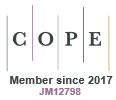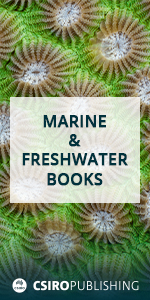IS25016Molecular phylogenetic analysis of the family Chlorogomphidae (Odonata, Anisoptera)
 , Oleg E. Kosterin
, Oleg E. Kosterin  , Dietmar Ikemeyer
, Dietmar Ikemeyer  , Fang-Shuo Hu
, Fang-Shuo Hu  , Tom Kompier
, Tom Kompier  and Henri J. Dumont
and Henri J. Dumont
Phylogenetic analysis of Chlorogomphidae, using both nuclear and mitochondrial markers, revealed that the family is best treated as containing a single genus, Chlorogomphus. Chlorogomphus montanus is synonymised to Chlorogomphus nasutus, and Chlorogomphus urolobatus is synonymised to Chlorogomphus infuscatus. The previous synonymy of Chlorogomphus suzukii and Chlorogomphus tunti is confirmed. Other potential synonyms are discussed, including C. nasutus, which actually refers to two (not three) species – herein considered as C. nasutus and C. satoi – leaving the genus with 56 species. (Image credit: left, Tom Kompier; right, Fang-Shuo Hu.)


















